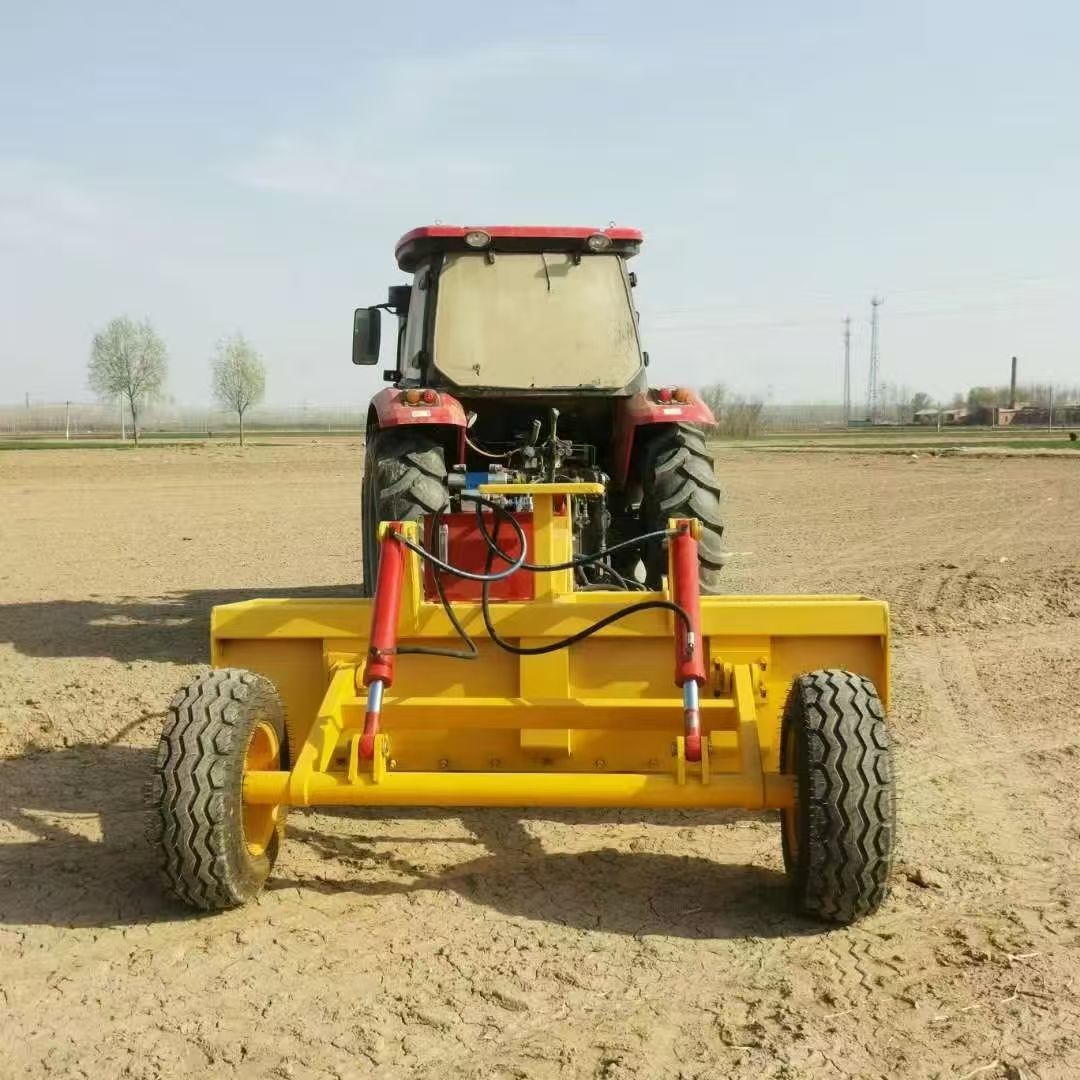Satellite land levelers, or precision land leveling systems, revolutionize agriculture by turning uneven fields into uniformly sloped surfaces—all guided by satellite technology. Their core goal is to boost water use efficiency, reduce crop yield gaps, and simplify farm operations.
At the heart of the system lies the GNSS receiver (Global Navigation Satellite System), usually mounted on the land leveler’s blade. This receiver locks onto signals from multiple satellites (like GPS or Beidou) to pinpoint the blade’s exact 3D position—down to centimeter-level accuracy. It then sends real-time data to a onboard controller inside the tractor’s cab.

The controller acts as the “brain”: it compares the blade’s current height with the pre-set leveling target (a slope or flatness standard mapped out beforehand). If the blade is too high or low, the controller triggers hydraulic actuators connected to the leveler. These actuators adjust the blade’s height or angle instantly—often within 0.1 seconds—to match the target.
This closed-loop process repeats nonstop as the tractor moves. Unlike traditional manual leveling (which relies on human judgment and is error-prone), satellite guidance ensures every inch of the field meets the same precision standard. For farmers, this means less water wasted on uneven patches, more consistent seed planting depth, and ultimately, higher, more reliable crop yields.
Copyright © 2025 Xingtai Farming First Agricultural Machinery Co., Ltd. All Rights Reserved. Links Sitemap RSS XML Privacy Policy


